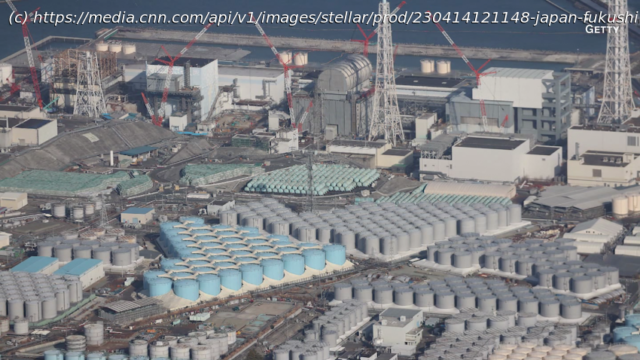Array
It is still morning when Kinzaburo Shiga, 77, returns to Onahama port after catching a trawler full of fish off Japan’s eastern coast.
But the third-generation fisherman won’t head straight to market. First, he’ll test his catch for radiation.
It’s a ritual he’s repeated for more than a decade since a devastating earthquake and tsunami triggered a nuclear meltdown at the Fukushima Daiichi power plant in 2011, spewing deadly radioactive particles into the surrounding area.
That ban lasted over a year and even after it was lifted, Fukushima-based fishermen like Shiga were for years mostly limited to collecting samples for radioactivity tests on behalf of the state-owned electricity firm Tokyo Electric Power Company, or TEPCO, rather than taking their catches to market.
Shiga and others in the industry thought they’d put the nightmare of the past years behind them.
The Japanese government and the International Atomic Energy Agency (IAEA), a United Nations body promoting the peaceful use of nuclear energy, say the controlled release, which is expected to take decades, will meet international safety regulations and not harm the environment, as the water will be treated to remove radioactive elements – with the exception of tritium – and diluted more than 100 times.
A year before the 2011 disaster, government data shows Fukushima’s coastal fishing industry landed catches worth around $69 million. By 2018, that figure had dwindled to little more than $17 million. By 2022, while it had recovered somewhat to around $26 million, it was still just a fraction of what it once was.
“I know that the government has decided to go ahead with the policy of releasing treated wastewater into the sea, but for us fishers, it really feels like they made this decision without our full consent,” said Shiga, adding that it made his “blood boil.”
The wastewater dilemma
Since then, new water has been pumped in to cool fuel debris in the reactors. At the same time, ground and rainwater have leaked in, creating more radioactive wastewater that now needs to be stored and treated.
But space is running out and the company says building more tanks isn’t an option. As decommissioning work approaches a critical stage, it says it needs to free up space to store the fuel debris from the stricken plant.
The IAEA told CNN it will also monitor and review the release for as long as necessary, at the request of the Japanese government.
While radioactive wastewater contains dangerous elements including Cesium and Strontium, TEPCO says the majority of those particles can be separated from the water and removed. TEPCO claims its filtering system, called advanced liquid processing (ALPS), can bring down the amount of those elements far below regulatory standards.
How safe is tritium?
TEPCO and the Japanese government say that tritium occurs naturally in the environment.






